
The word comes from French and simply means “frame” or “framework. It is also used to describe parts of a computer – but here of course, we will focus on vehicles. The chassis, frame, or framework refers to the load-bearing parts of a vehicle and it carries all of the important parts of your car – wheels, engine, suspension, axle and more. It also stabilises the vehicle against external forces and protects the passengers in case of an accident from serious injuries.
What are the different types of frames?
Ladder or body-on frames
These are most commonly used for trucks and SUVs. They are comprised of two lateral beams made of open sections connected with cross beams – and as the name implies – look like a ladder. They are easy to put together and very strong. Since the components are not permanently fixed onto the vehicle, they are easier to repair when necessary. A drawback is that they are fairly heavy and not really suitable for hatchbacks or sports cars. Great examples of this type are the Land Rover Discovery 4 and the Suzuki Jimny.
Monocoque
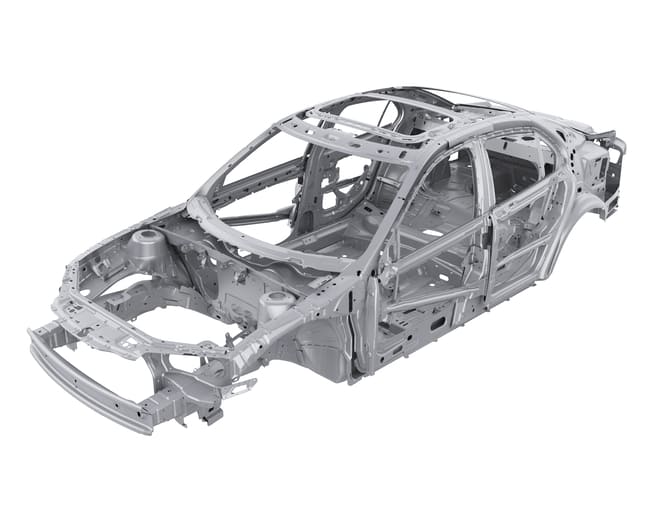
The unibody design, also known as a monocoque, is currently used in most passenger cars sold today. Basically, the unibody is the main frame and car body in one, as both merge into one unit. All reinforcements, metal sheets, and other parts are inseparably joined together by various techniques such as welding, gluing, or soldering. A compact sheet metal shell and hollow sheet metal cross-sections guarantee that the car body has excellent structural integrity and is safer than other chassis. You can find this frame on the Ford Maverick and Jeep Grand Cherokee ZJ, and, of course, others as well.
Backbone
This construction is very close to the ladder design. You will most often find this construction on smaller sports cars and vehicles designed for off-road driving. The drawback is, that since the whole shaft is covered by the chassis and has to be opened, the repair can be quite difficult. You can find this design in the DMC DeLorean, Skoda Superb, and trucks such as the Tatra 148 and 815, among many others.
Tubular
You won’t find these often used on standard cars, as they were primarily put into race cars. The design is quite close to the body-on-frame design, the difference being that it has a robust tube-shaped “backbone”. In multi-track motor vehicles, this tube is used in the series production as a load-bearing and force-absorbing element, with a non-self-supporting body.
Maintenance
A chassis, whether new or older, can quickly cost several hundred pounds in repair – even if you did all the work and put it in yourself. This is why you should take care to make sure that the pressure on the load-bearing parts isn’t too high and is appropriate for the type of vehicle you have.
Can I choose the chassis?
Vehicles are manufactured with specific chassis that are designed for passenger comfort and safety, speed (in the case of race cars), or load bearing vehicles – such as delivery lorries. So the answer is, technically, yes – by choosing the vehicle you wish to drive.


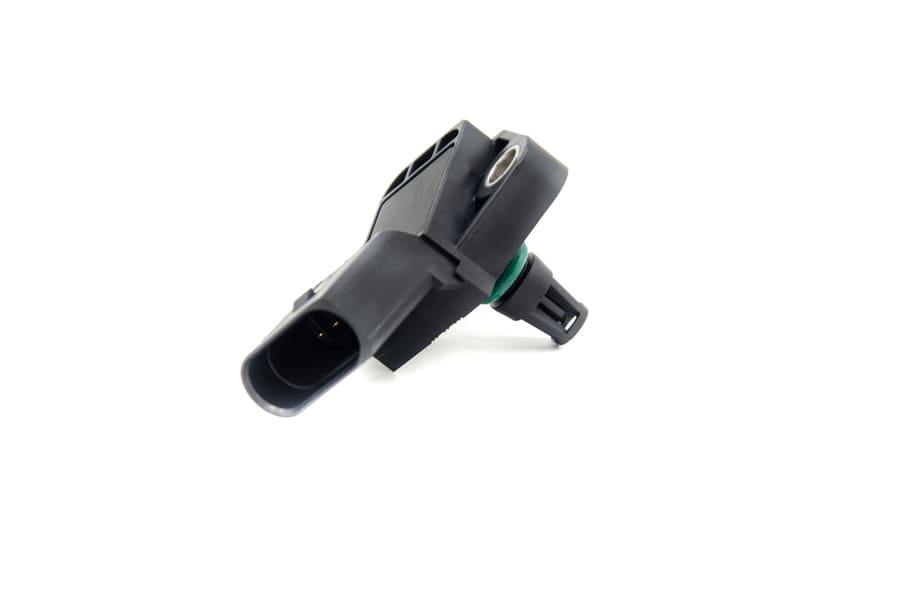
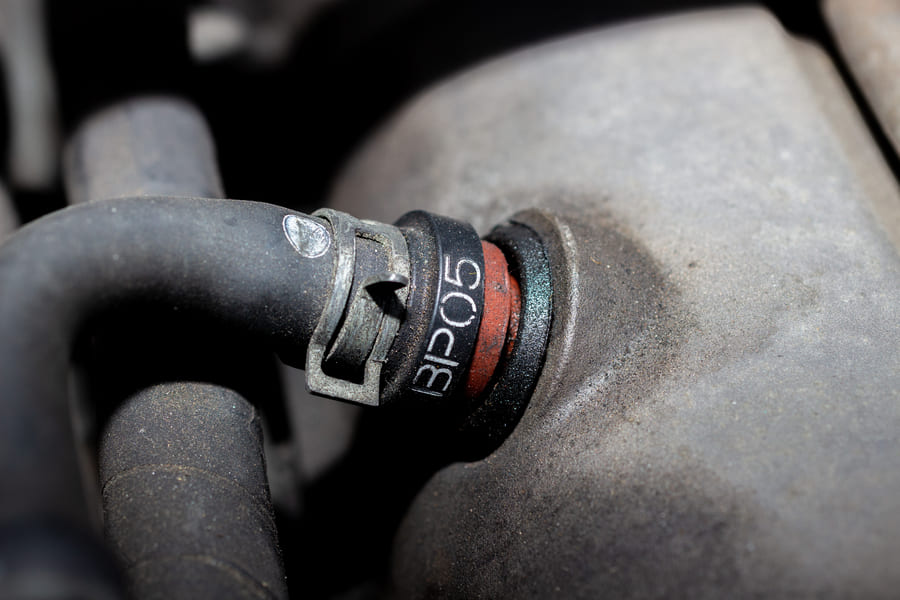
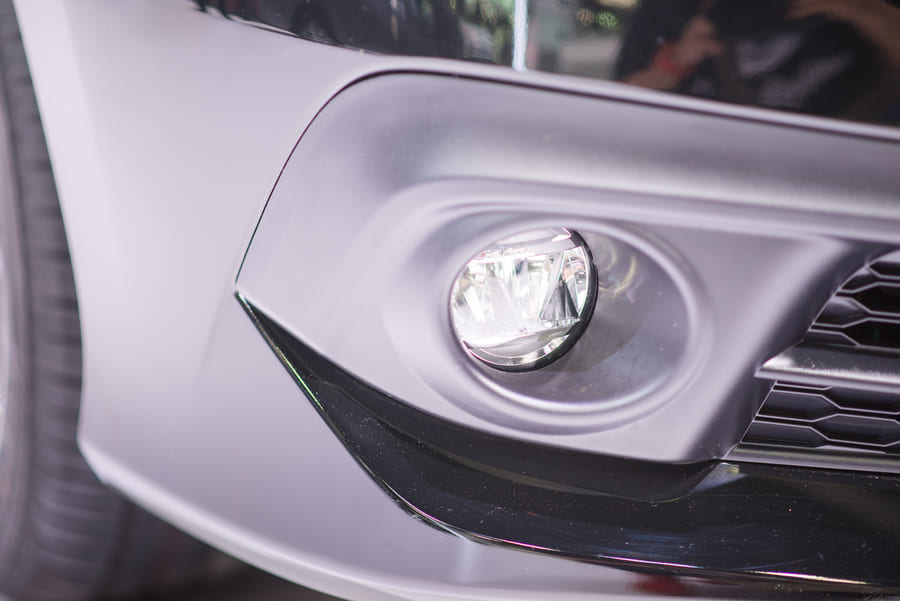
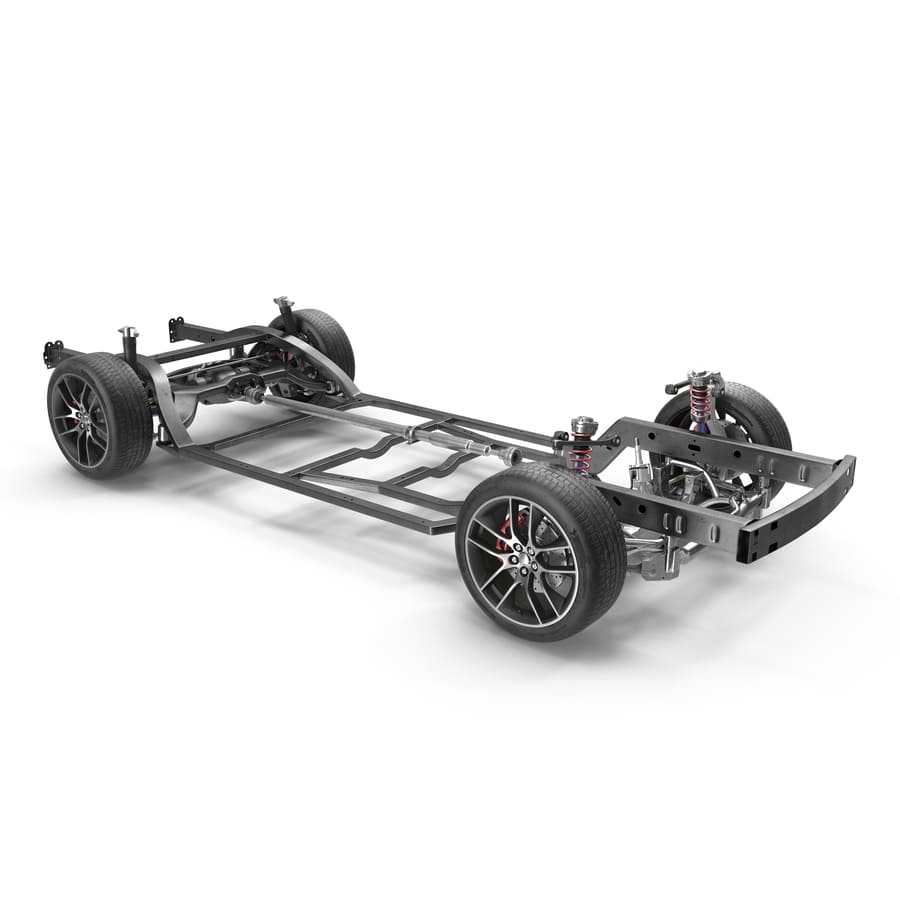
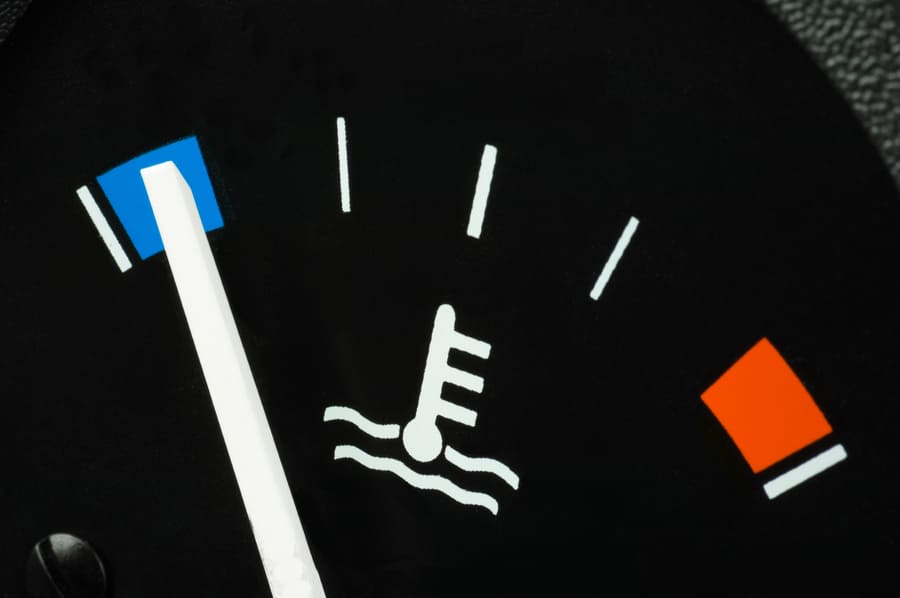
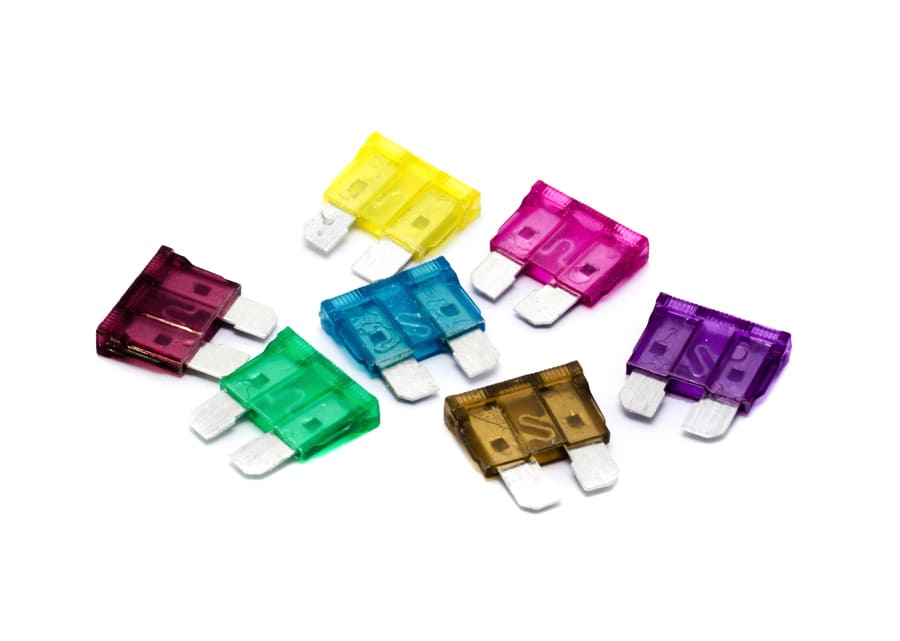
Comment